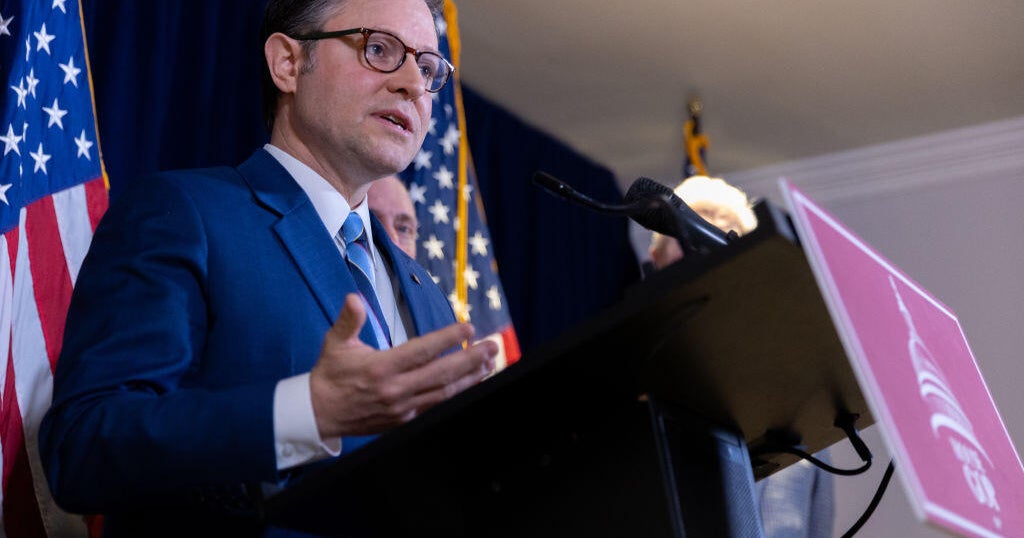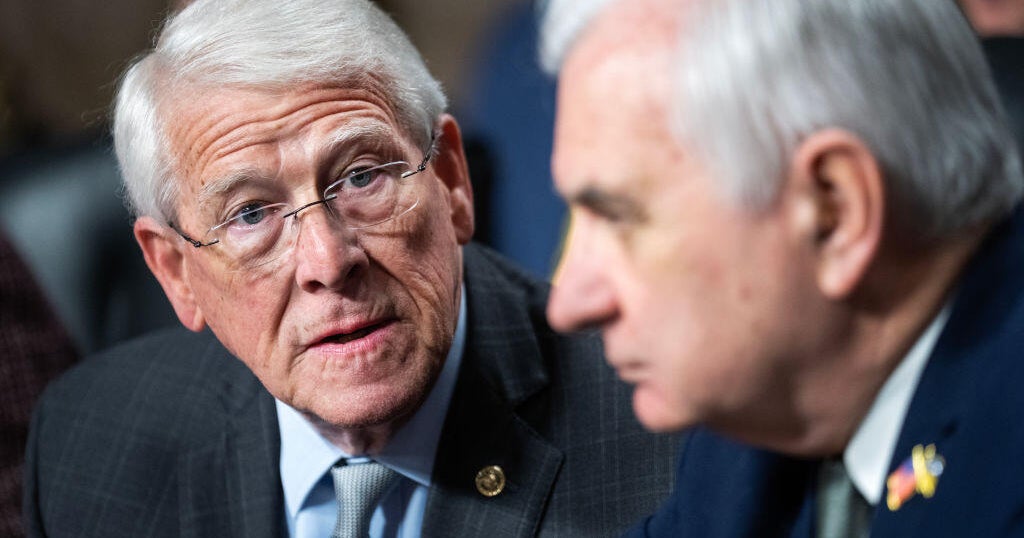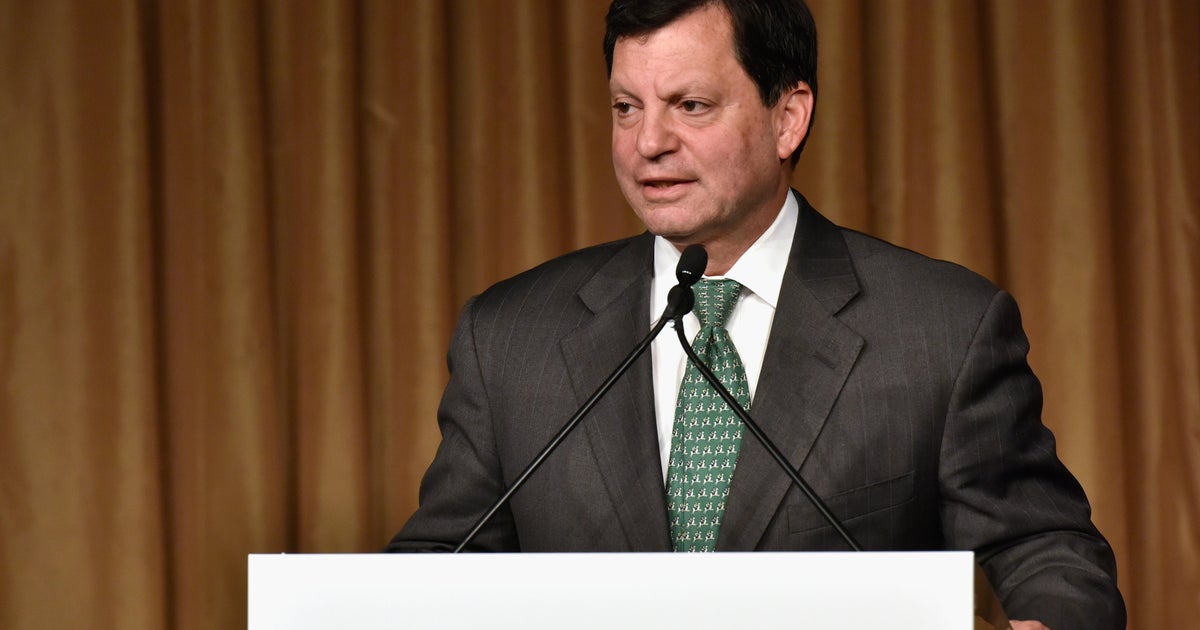Gig workers to lose all unemployment benefits in 20 GOP states: "You can't prepare for it"
Selina Smedley said she was expecting to have jobless aid through early September, a $300 weekly boost that has been helping her get by while her Dallas-area cleaning business remains far below pre-pandemic levels. Then Texas Governor Greg Abbott unmoored her by announcing an early end to enhanced jobless benefits.
As of June 26, the 50-year-old Smedley will get cut off from all jobless aid — two months before federal funding is due to expire. She is one of almost 1 million self-employed workers who are hurtling toward a benefits cliff next month in the 20 states where Republican governors are shutting off the Pandemic Unemployment Assistance (PUA) program early. Most of the governors cited a desperate need for workers among employers such as restaurants and retailers that are reopening to the public.
Without PUA, self-employed workers in those states will be stripped of all jobless aid. The temporary program was designed by the Coronavirus Aid, Relief, and Economic Security Act, or CARES Act, to provide support for a growing group of nontraditional workers in America's gig economy, who don't otherwise qualify for regular unemployment aid. To be sure, the governors of those states ending the PUA program also are cutting the extra $300 in weekly benefits directed at millions of other jobless workers who lost their positions with employers. However, many of those workers will continue to qualify for traditional state jobless aid. Not so with self-employed workers.
"There's no unemployment" after June 26 for her and other self-employed workers in Texas, said Smedley, who lives in Mansfield, about 30 miles south of Dallas. "It's really frustrating that the feds gave us this to help us, and our governor just throws it to the wind."
She added, "You can't prepare for it when it's a month away."
Smedley said Abbott's decision has put her in a tough situation, since many of her cleaning clients are still working remotely and haven't rehired her. And she's applied for about 100 of the "voluminous jobs" touted by Abbott when he announced the end to enhanced jobless benefits, but hasn't had any luck. She said she believes her age and her 15-year history as a self-employed worker are hurting her chances with the companies that are hiring.
"When Abbott said there are millions of jobs, maybe so — but for people like me, no one is going to hire a 50-year-old woman who is has been out of the loop for so long," Smedley said.
Texas represents the biggest share of self-employed and gig workers in the U.S. who will be shut off early from all unemployment aid, with more than 440,000 people currently receiving PUA payments through the state, according to data from the Century Foundation, a left-leaning think tank.
Asked about the data Abbott relied on to make the decision to end benefits early, the Texas governor's office directed CBS MoneyWatch to his statement on May 17: "There are nearly 60 percent more jobs open (and listed) in Texas today than there was in February 2020," Abbott said at the time.
The PUA program was designed to help a growing segment of the workforce: gig workers, freelancers and self-employed workers, said Rafael Espinal, executive director of the Freelancers Union. This group of workers has grown from about 52 million in 2015 to 57 million in 2019, he said, noting that the figure includes people with full-time jobs who moonlight as Uber drivers or in other gig work.
"It is very dangerous for these states to feel comfortable with peeling back the program," Espinal said, adding that his group is reaching out to lawmakers and believes a permanent unemployment program for self-employed workers is needed, given the growing numbers of people relying on gig work for a living. "There are domestic workers who are having trouble getting back to work because people aren't currently hiring in those fields," he offered as an example.
Cut off from all benefits
All told, about 1 million gig workers and nontraditional workers who qualified for PUA will cease to receive benefits in the 20 states that are curtailing the program early. These states have provided a 30-day warning that the benefits are ending, but workers who spoke to CBS MoneyWatch said they believe they will need more time than that to find employment. These workers represent a diverse pool — from freelance writers and musicians to dog walkers, house cleaners and Uber drivers.
"They are cutting them off from all of those benefits," said Andy Stettner, an unemployment expert at the Century Foundation. "We know not everyone will find jobs in the 30-day window that they are providing."
Some lawmakers and worker advocates have asked the U.S. Department of Labor to intervene, including Senator Bernie Sanders of Vermont and the National Employment Law Project. In a letter to Secretary Marty Walsh, Sanders cited the risk of poverty and hardship that self-employed workers face when the benefits end early next month.
"Millions of families will face homelessness, hunger and further debt because of these actions, particularly for workers of color who, due systemic racism, face longer durations of unemployment; and women who, due to caregiving responsibilities, were forced to leave the workforce and still can't return," said Jenna Gerry, senior staff attorney at NELP.
The U.S. Department of Labor is searching for a way to continue to provide enhanced jobless benefits to unemployed workers in the states that are cutting off aid early, but so far it hasn't hit upon a method of doing this, a labor department official told CBS MoneyWatch.
Former Uber driver sleeps in car some nights
Former Uber driver Kristen Adkins, 36, said she bristles at the description of people on unemployment as lazy and more motivated to sit at home collecting benefits than finding work. The Texas resident said she earned about twice what she now receives on PUA, but cut back on work because of concerns about getting COVID-19 and spreading it to her father, who was in cancer treatment last year and whom she wanted to be able to visit.
"I get about $906 every two weeks" from unemployment, compared with $900 every week as an Uber driver, she said. "I have lost over half of my pay and it is something — but it's not enough to survive."
That reduction in income meant that she could no longer afford her apartment in College Station, Texas, and she became homeless in February. Adkins has been shifting between sleeping in her car and a hotel room, but her car was repossessed on Tuesday. Even so, she said she makes too much from unemployment to qualify for food stamps. She's now figuring out how to get back her car so she can begin driving for DoorDash or another delivery service when her benefits run out — so far, interviews for full-time jobs haven't panned out.
"I do about 2 to 10 interviews a week, and there's always that question of how much do you expect to make," she recounted. "I told them what I make on unemployment, and I tell them it's not enough and I need to make enough to survive. I haven't gotten any callbacks."
Texas' economy is "booming" and employers are hiring, Abbott said in his May 17 statement announcing the early end to enhanced jobless benefits. The unemployment rate in Texas was 6.7% in April, or three percentage points higher than its 3.7% rate in February 2020, prior to the pandemic.
The decision to end jobless benefits early appears to be driven by "politics, not economics," JPMorgan economist Daniel Silver wrote in a May 26 research note. Silver pointed to the fact that all of the states curtailing the benefit early have Republican governors. Many of the states ending the program early also have elevated unemployment rates, belying the claims of tight labor markets, he added.
Among employers who are looking for workers in Texas is Amazon, which has more than 900 job openings in Austin. Its jobs range from bookstore clerk in a physical Austin store, which pays $16.50 an hour, to software engineer jobs that have a base salary of about $100,000, according to employment site Glassdoor.
Lockheed Martin, one of the biggest employers in the state, is searching for more than 300 hires, although most of the posts are for experienced professionals with titles such as radar engineer.
Employers struggling to find workers in Texas include restaurants and a school district that can't find school bus drivers, according to local reports. Some of those restaurant workers may have switched to other industries in the last year, a restaurant industry group told CBS station KTVT.
"Whenever restaurants were closed, there weren't a lot of restaurant jobs available, and so those workers then went out and found other careers," said Anna Tauzin of the Texas Restaurant Association.
"Cruelty, plain and simple"
The 20 states that are cutting off all jobless benefits for self-employed workers are engaging in "cruelty, plain and simple," said ExtendPUA.org, a group that advocates for a stronger safety net for self-employed workers.
"Politicians say this change comes because business owners are claiming they cannot find workers to fill open positions," the group said in a May 17 statement. "[Many of these] businesses are offering low wages, part-time or unreasonable hours, high risk work, no benefits and schedules that don't allow flexibility with child care or other obligations."
In announcing the early end to enhanced benefits, nine of the governors directly quoted businesses or their state's Chamber of Commerce as evidence that businesses are desperate for workers. But workers told CBS MoneyWatch that while some businesses may be strapped for hires, such as restaurants, that's not the case in every industry. And self-employed workers can face more challenges in getting hired, given nontraditional resumes and experience.
Other workers said they are dealing with childcare and health issues that make it difficult to return to the job market, such as chronic problems from COVID-19 and single moms without backups for their children. Among them is Briana Barnes, 33, a single mom in St. Louis whose 9- and 11-year-old sons aren't old enough to get vaccinated. Her eldest has health issues, she said, so she has kept him in remote school to reduce the risk of contracting COVID-19.
"The threat of COVID is still out there, and my sons can't get vaccinated right now," Barnes said. "I don't believe there is a labor shortage — I believe there's a living wage shortage. It's hard to convince people to risk their lives for less than the rent on a 1-bedroom apartment."
Barnes said she started a Change.org petition to ask Missouri Governor Mike Parson to reconsider the early termination of the enhanced jobless aid. Barnes said she receives about $720 a week in jobless aid after losing her job as a leasing agent for college dorms last year when the pandemic shuttered the campus. Because she had also worked as an Uber driver, she had access to extra jobless aid — but that will end on June 12.
"I am preparing to lose my benefits on June 12 and I'm having to decide whether to pay my rent or pay other bills or put food on the table," Barnes said, adding that she's worried about getting evicted next month. The governor "is putting us in position that we could perhaps never come back from."
Four of the 20 states that are ending enhanced jobless benefits early are keeping the PUA program for freelancers and gig workers including Ohio, which has almost 130,000 people on the benefit, according to Zach Schiller, policy director for Policy Matters Ohio, a think tank. The three other states that will maintain PUA until September are Alaska, Arizona and Florida.
"They haven't been high-paid workers to begin with," Schiller said of most gig workers. "They haven't had the same resources to fall back on, so many are scrambling with dealing with life's necessities."
On top of that, ending the unemployment programs early may only harm local economies, Schiller added. He said he estimates that Ohio is turning down $1 billion in federal money by ending enhanced unemployment 10 weeks early — money that would be spent almost immediately by recipients on rent, groceries, utilities and other necessities.
"Typically we would do a lot to get $1 billion in federal money," such as offer tax incentives, he said. "Every $1 in unemployment benefits generates $1.61 cents in economic activity. If we say Ohio is turning down $1 billion, it's turning down $1.6 billion."
Unemployment in the Buckeye State was 4.7% in March, the same rate as in February 2020. "Ohio is not in some sweet spot where everybody has a job or could have a job if they looked for it. We are not in that position, so to turn down $1 billion won't help our recovery," Schiller said.
The 20 states curtailing benefits for jobless self-employed workers are:
- Alabama (ends 6/19)
- Arkansas (6/26)
- Georgia (6/27)
- Idaho (6/19)
- Indiana (6/19)
- Iowa (6/12)
- Mississippi (6/12)
- Missouri (6/12)
- Montana (6/27)
- Nebraska (6/19)
- New Hampshire (6/19)
- North Dakota (6/19)
- Oklahoma (6/26)
- South Carolina (6/30)
- South Dakota (6/26)
- Tennessee (7/03)
- Texas (6/26)
- Utah (6/26)
- West Virginia (6/19)
- Wyoming (6/19)
—With reporting by Irina Ivanova.





